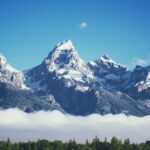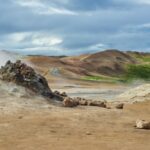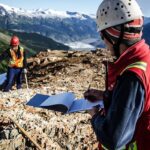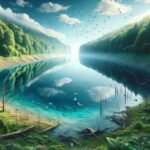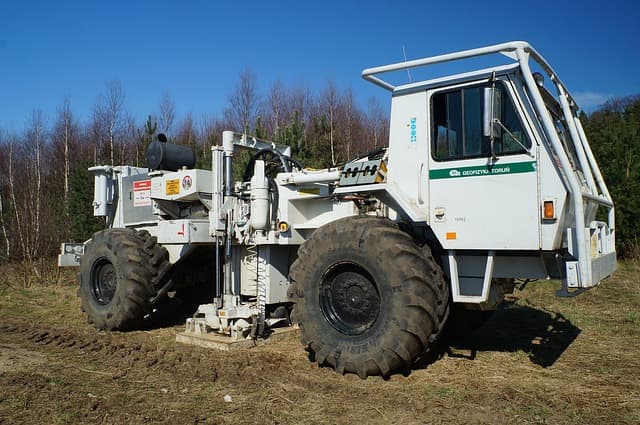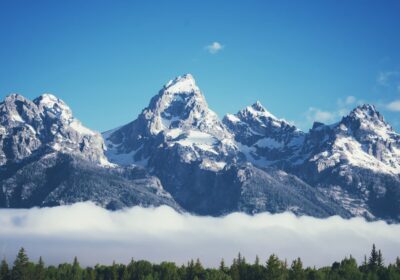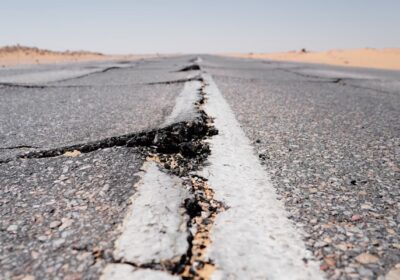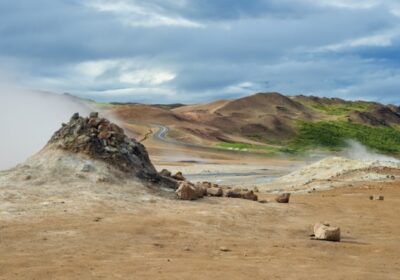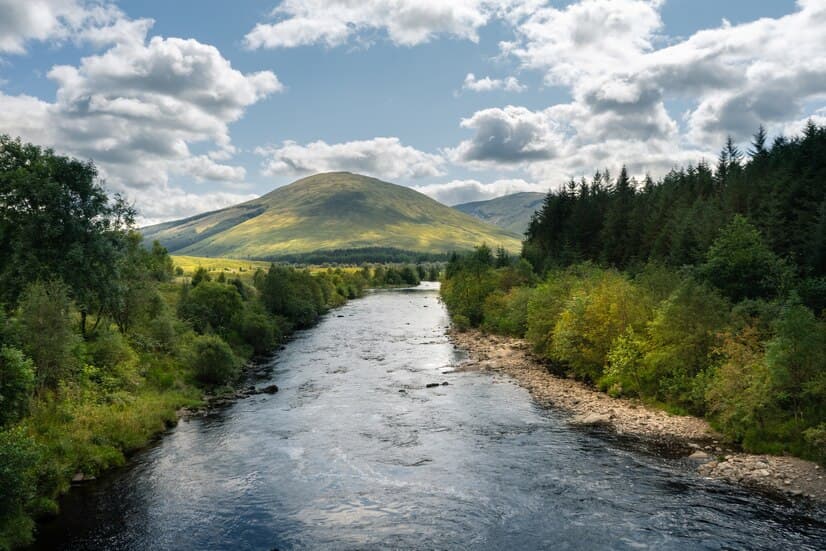
Types of Rivers: A Guide to Their Varieties and Ecosystems
Exploring the evolution of the Earth’s surface, geomorphology unfolds a tale told by the diverse types of rivers and their transformative influence. As rivers meander and carve through landscapes, they leave a visible record of the dynamic changes shaping our planet over time.
From the graceful bends of the Amazon, exemplifying meandering rivers, to the intricate channels of the Nile, portraying anabranching patterns, and the woven braids of the Brahmaputra, these waterways provide snapshots of geological evolution.
Neil Davies, a postdoctoral researcher at Dalhousie University, conducted a literature review, challenging conventional wisdom by revealing the absence of meandering rivers before the Devonian and anabranching rivers before the Carboniferous. His research sheds light on the dynamic nature of river systems, prompting a closer look at their evolution.
Meandering Rivers – Nature’s Graceful Curves
Meandering rivers, characterized by sinuous curves, create dynamic ecosystems supporting diverse flora and fauna. Davies’ findings indicate that these graceful rivers did not appear until the Devonian, contributing to the diversity of Earth’s landscapes.
Anabranching Rivers – Exploring Nature’s Branching Networks
Anabranching rivers, with multiple branching channels, emerged after the Carboniferous. This unique pattern of river systems creates distinct habitats and influences the surrounding landscape, showcasing nature’s intricate branching networks.
Braided Rivers – Nature’s Intricate Braids Unveiled
Braided rivers present a woven pattern of interconnected channels and gravel bars, undergoing frequent changes in channel location. The combination of meandering, anabranching, and braided rivers forms a spectrum of fluviotypes, exhibiting various characteristics through time and space.
Examples of Rivers Worldwide
Let’s explore a few examples of diverse rivers worldwide:
- Amazon River: The Amazon in South America is the second-longest river globally and is known for its meandering path through the dense Amazon rainforest;
- Nile River: The Nile in Africa, historically significant, is a classic example of an anabranching river with its multiple channels creating a vast delta;
- Brahmaputra River: The Brahmaputra in Asia showcases the braided river type, with its intricate network of channels in certain regions.
The Impact of Vegetation on River Morphology
Davies and collaborator Martin Gibling discussed the dual effects influencing river evolution: bank stabilization by soil and roots, and avulsion caused by fallen trees. As plants colonize river banks, susceptibility to erosion changes, adding complexity to river morphology.
Avulsion: A Technical Insight into River Diversion
Avulsion, or river diversion, plays a pivotal role in river evolution. Fallen trees increase the likelihood of avulsion, highlighting the intricate dance between vegetation and rivers over time.
Beaver Dams: A Canadian Perspective
Beaver dams, possibly emerging in the Eocene, showcase the profound influence of fauna on geomorphology. Second only to man in environmental impact, beavers contribute to the complexity of river ecosystems.
Explore the fundamental differences between Isotropic and Anisotropic materials in our insightful discussion on material properties.
Conclusion
The intricate relationship between life and the Earth’s surface becomes evident as rivers evolve, showcasing the diverse array of types of rivers. Neil Davies’ research provides a glimpse into the interconnectedness of geological processes.
From the graceful bends of the Amazon to the intricate channels of the Nile and the woven braids of the Brahmaputra, the exploration encompasses a rich tapestry of meandering, anabranching, and braided rivers. Join us on this journey to uncover the secrets held by these evolving waterways, painting a vivid picture of Earth’s dynamic history.
